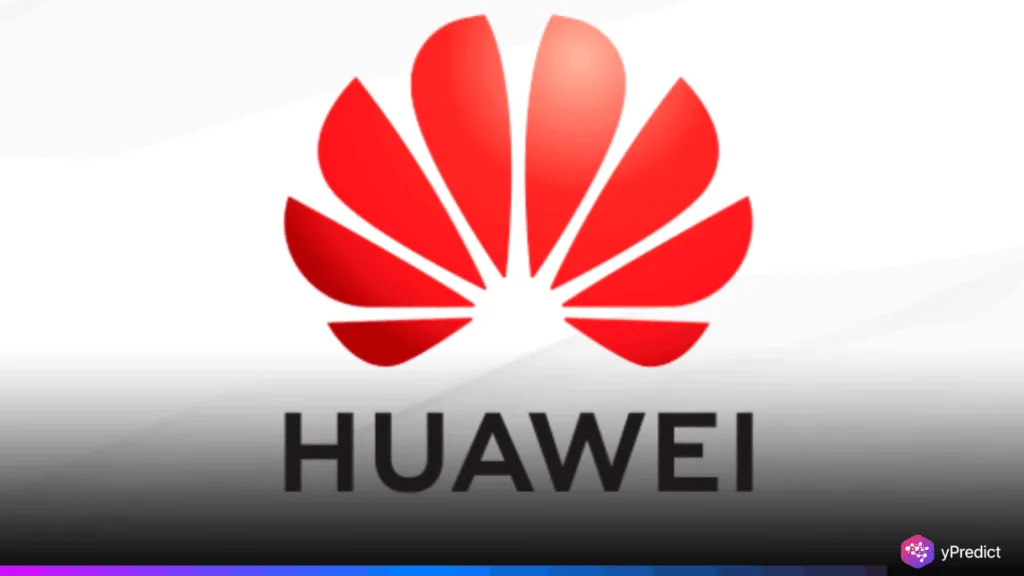
Huawei has introduced a new AI feature in its devices that allows users to transfer NFC data by simply moving a hand. This unique feature with gesture control (self-initiated gesture transfer) is exclusive to Huawei devices. It is a feature we have not seen on, or could potentially see on a competitor devices like Apple, Samsung, or others. This new AI feature was spotted on X by Mario Nawfal, who noted that transfer by gesture was a Huawei NFC feature.
NFC gesture-enabled phones are yet another sign that Huawei continues to innovate in an oversaturated smartphone marketplace. Having suffered years of a US tech export, Huawei’s shift had included a new direction with an investment in new independent innovation-driven technologies, including AI-enabled features and the use of custom chipsets to stay relevant. The NFC gesture feature is a strong indication of that position – that Huawei’s R&D pipeline (again) is functional to produce useful tools with an eye toward the future.
Gesture-Based NFC: A Glimpse of AI Precision
Huawei’s implementation of gesture recognition for NFC goes beyond standard mobile utility. Rather than requiring close physical contact, the AI-enabled feature identifies a specific hand motion and initiates data transfer automatically. Huawei has stated that the best experience is linking devices, digital payments, and sharing files by relying on on-device AI models.
This is compared to NFC tools on competing devices that are still dependent on contact methods. The original feature has sparked conversation in the global tech community, especially because it bypasses several existing limitations in traditional NFC protocols. It appears Huawei has used its in-house AI architecture to design a recognition model that responds to spatial motion rather than just proximity. Sources close to Huawei’s development teams say the feature underwent several iterations during internal testing. Engineers reportedly trained the AI model using thousands of gesture samples to fine-tune recognition accuracy.
Response to US Tech Restrictions
Huawei’s push toward AI innovation comes at a time when it still faces US tech limitations. Export bans have cut the company off from leading semiconductor manufacturers and software providers, but Huawei continues to invest in alternatives. The firm has focused on producing in-house components, rewriting its OS stack, and integrating its own AI hardware.
This new Huawei NFC gesture function shows how the company is adapting. Instead of attempting to match its competitors’ features, Huawei is now launching capabilities they haven’t imagined yet. The release demonstrates a broader shift: leveraging AI to leapfrog over legacy functionality and reduce dependency on external technologies.
Analysts think that those types of AI breakthroughs are very important for Huawei’s global repositioning. By concentrating on things like edge AI, spatial computing, and interoperability of smart devices, the brand is developing its identity as a bold innovator and not just a fast follower.
A Pattern of In-House Innovation
Huawei has long been known for developing technology internally, especially under pressure. Its historical use of reverse engineering has evolved into a robust strategy built on original features and deep R&D. AI has become a major tool in this transformation. Huawei’s engineers now embed artificial intelligence at nearly every layer of device development—from power efficiency to user interaction.
The Huawei NFC gesture feature is just the latest example of how this shift is playing out in commercial products. Tech analysts point to this as a turning point. Instead of trying to catch up, Huawei is experimenting with and deploying concepts that other major players have not even launched. It is reshaping expectations of what smartphone AI can do at a time in history when device form factors are starting to stagnate.
What’s Next for Huawei’s AI Strategy?
With this launch, Huawei reinforces its commitment to long-term innovation, even while dealing with US tech constraints. The company’s strategy now hinges on delivering features rooted in native AI processing and physical-world interactions. Gesture-based Huawei NFC may just be the first of many steps that turn human motion into commands through real-time AI inference.
With regards to future launches in 2025, analysts in the industry anticipate further movement across spatial computing, local AI execution, and AI-powered UX features. If Huawei can keep this speed, it may lead the next era of mobile, not by catching up but inventing what’s next.






